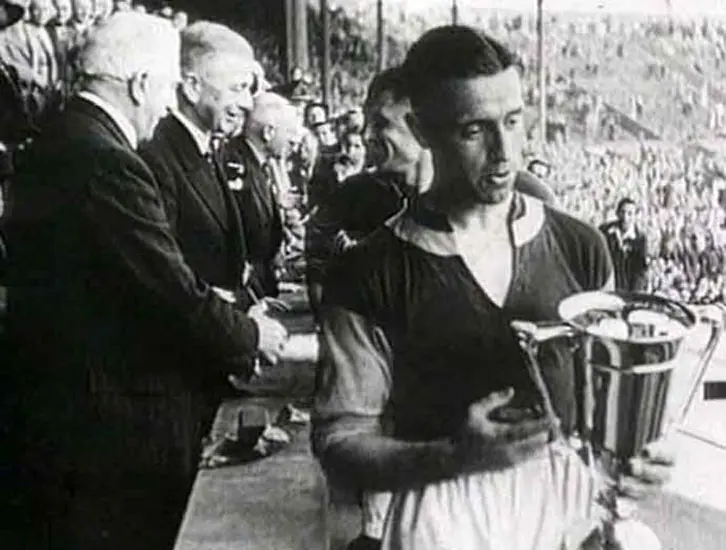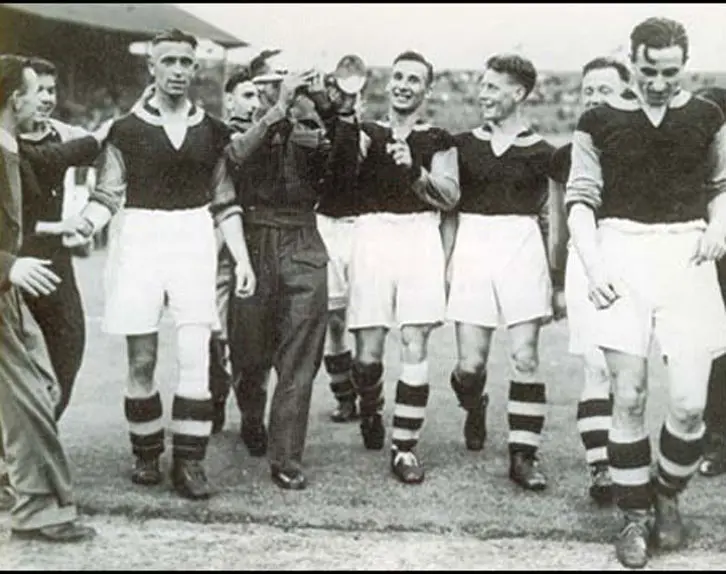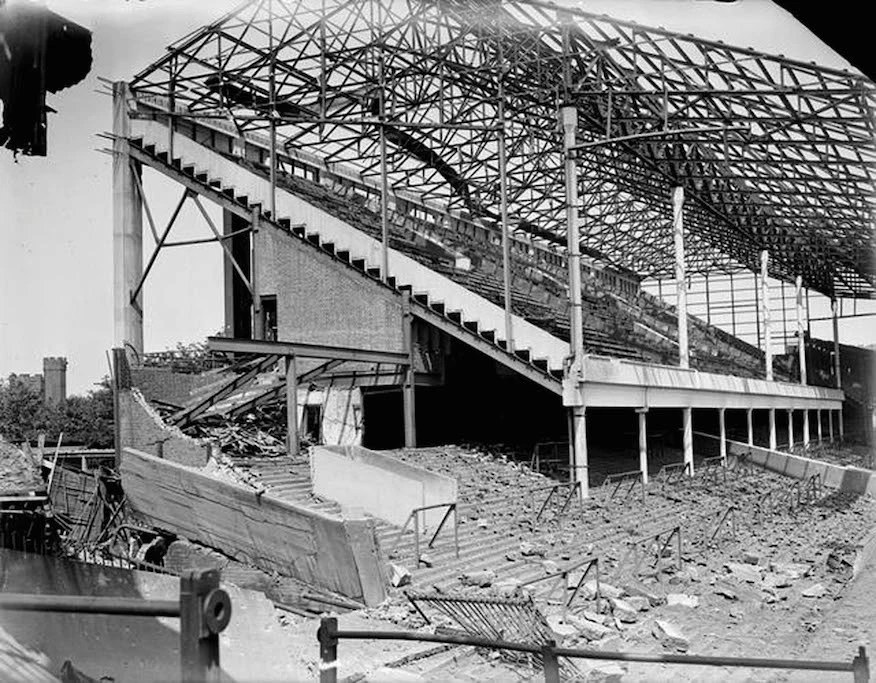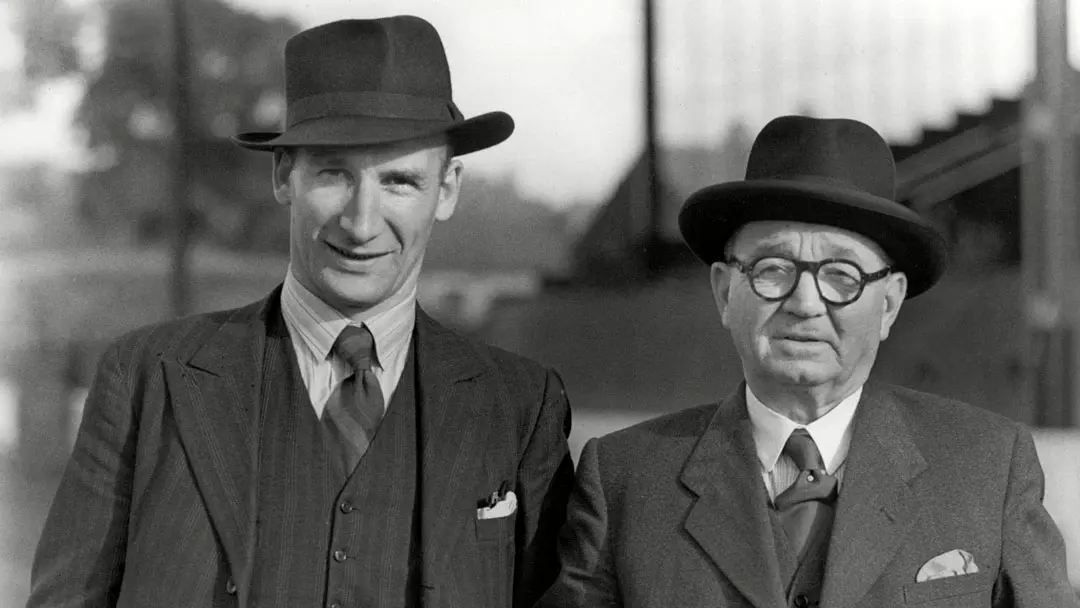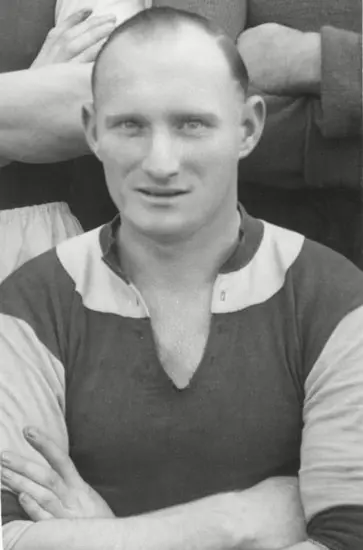As had happened 25 years previously, the outbreak of the Second World War brought a halt to the Football League and FA Cup competitions.
Both tournaments were cancelled early in the 1939/40 season, with West Ham United’s Second Division campaign ended at the start of September, just three games in.
Six weeks later, a regional competition began, with the Hammers in League South alongside nine other London and South Coast clubs.
With uncertainty due to the escalation of hostilities and many players unavailable, the season was split into two parts.
The Irons did well in both, finishing second in League A, which ended in February 1940, and League C, which ran until June 1940.
A knockout competition was also held, the Football League War Cup, and again Charlie Paynter’s squad showed up positively, defeating Chelsea, Leicester City, Huddersfield Town and Birmingham to set up a semi-final with Fulham.
A thrilling 4-3 win saw the Hammers reach the final, where they would face Blackburn Rovers at Wembley Stadium on 8 June 1940.
There, in front of 42,399 brave supporters, who braved the threat of a Nazi air raid, Sam Small scored the only goal of the game to secure a welcome piece of silverware and boost the morale of east Londoners who had already been targeted by the Luftwaffe.
It was an historic moment for the Hammers, who won at what had become the national stadium for the first time and collected their first piece of silverware since lifting the London Challenge Cup a decade before.
